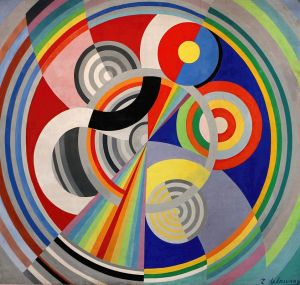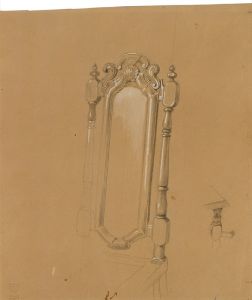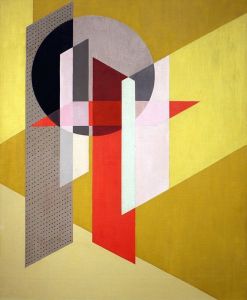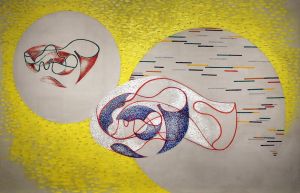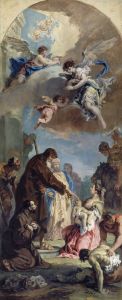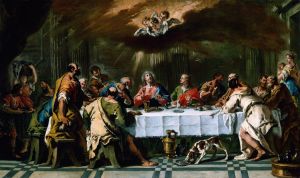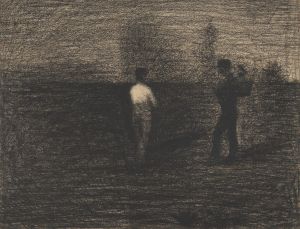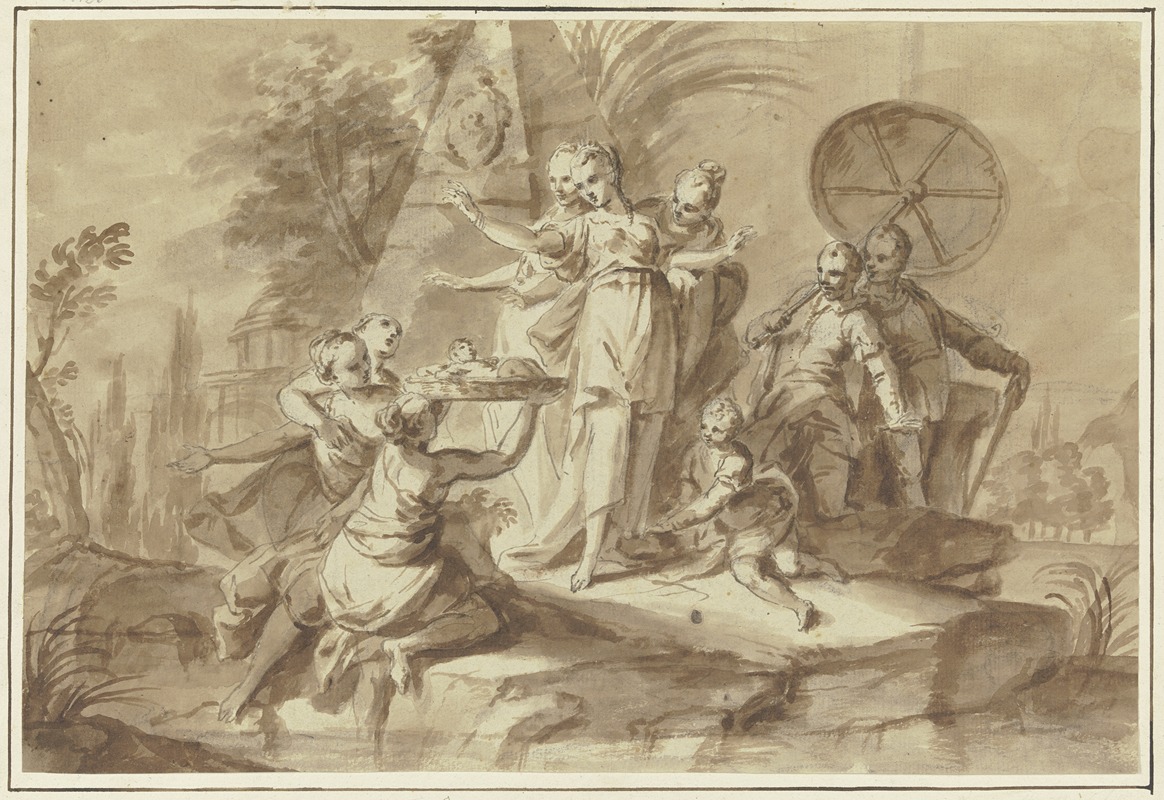
Architectural study
A hand-painted replica of Sebastiano Ricci’s masterpiece Architectural study, meticulously crafted by professional artists to capture the true essence of the original. Each piece is created with museum-quality canvas and rare mineral pigments, carefully painted by experienced artists with delicate brushstrokes and rich, layered colors to perfectly recreate the texture of the original artwork. Unlike machine-printed reproductions, this hand-painted version brings the painting to life, infused with the artist’s emotions and skill in every stroke. Whether for personal collection or home decoration, it instantly elevates the artistic atmosphere of any space.
Sebastiano Ricci was an Italian painter of the late Baroque period, known for his vibrant and dynamic compositions. His work, "Architectural Study," is a testament to his skill in integrating architectural elements with figural compositions, a common practice among Baroque artists who sought to create dramatic and immersive environments.
"Architectural Study" by Sebastiano Ricci is a painting that exemplifies the artist's ability to blend architecture with narrative elements. Ricci, born in Belluno in 1659, was a prominent figure in the Venetian school of painting. He was known for his grandiose style and his ability to convey movement and emotion through his works. His career spanned several important artistic centers in Italy and Europe, including Venice, Florence, Rome, and London, where he left a significant impact on the local art scenes.
The painting "Architectural Study" showcases Ricci's interest in the interplay between human figures and architectural settings. This interest was likely influenced by his exposure to the works of earlier masters such as Paolo Veronese and Giovanni Battista Tiepolo, who were renowned for their ability to incorporate architectural elements into their compositions. Ricci's work often featured elaborate architectural backdrops that served to enhance the narrative and emotional impact of the scene.
In "Architectural Study," Ricci employs a sophisticated use of perspective and light to create a sense of depth and grandeur. The architectural elements in the painting are not merely decorative; they play a crucial role in guiding the viewer's eye through the composition and highlighting the interactions between the figures. This technique reflects the Baroque fascination with creating immersive and theatrical experiences for the viewer.
Ricci's use of color and light in "Architectural Study" is also noteworthy. He was known for his vibrant palette and his ability to capture the effects of light on different surfaces. In this painting, the interplay of light and shadow adds to the sense of drama and movement, drawing the viewer into the scene. The figures are rendered with a fluidity and grace that are characteristic of Ricci's style, conveying a sense of liveliness and spontaneity.
Throughout his career, Sebastiano Ricci was celebrated for his ability to adapt his style to suit different contexts and patrons. His work was highly sought after by both religious and secular clients, and he was adept at creating compositions that were both visually stunning and thematically rich. "Architectural Study" is a prime example of his skill in balancing these elements, resulting in a work that is both aesthetically pleasing and intellectually engaging.
Ricci's influence extended beyond his own time, as his works were admired by later generations of artists and collectors. His ability to integrate architectural elements into his paintings set a precedent for future artists who sought to create complex and engaging compositions. "Architectural Study" remains a testament to Ricci's mastery of the Baroque style and his enduring legacy in the history of art.





